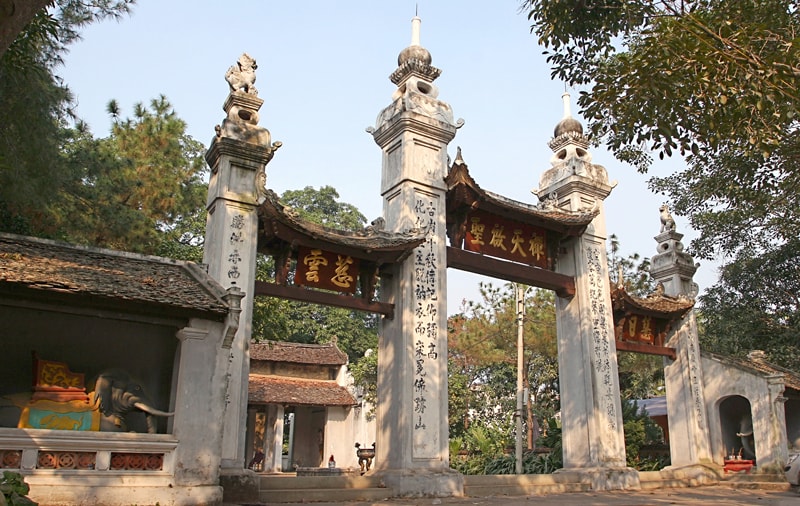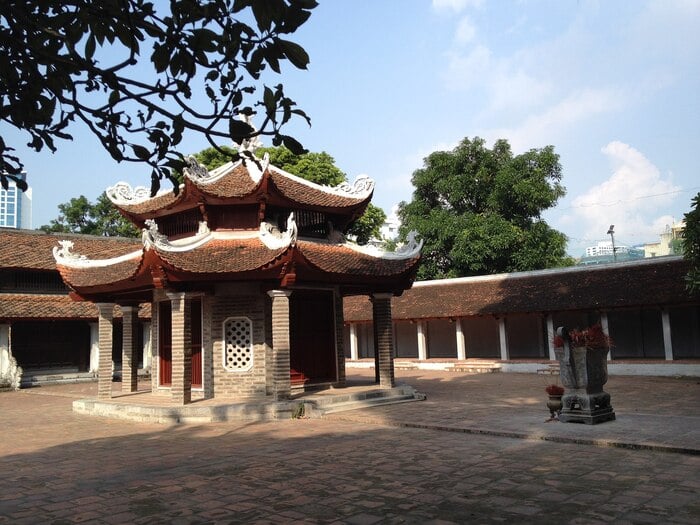Lang Pagoda
Lang Pagoda
Chùa Láng is a well-known Buddhist temple located in Dong Da District, Hanoi. With its historical significance and peaceful atmosphere, it has long been a center for local Buddhist activities, making it a popular spiritual destination in the heart of Hanoi.

History and Significance
Chùa Láng was built in the early 15th century under the Le Dynasty. It is particularly known for its connection to the Zen Buddhist tradition and has been a center for learning and meditation for many centuries. The pagoda holds a deep cultural and spiritual meaning, especially for the local community in Hanoi. Over time, it has played an important role in the spread of Buddhism in northern Vietnam.
Architecture and Highlights
Chùa Láng’s architecture is a prime example of traditional Vietnamese Buddhist temple design. Some key highlights include:
-
The main hall, which houses a large statue of the Buddha.
-
Stone tablets and ancient inscriptions reflecting the temple’s long history.
-
A peaceful courtyard with lotus ponds, creating a tranquil setting for meditation.
-
Shrines and smaller altars dedicated to various Buddhist deities.
-
Traditional wooden beams and tiled roofs, maintaining its ancient charm.

Location and Access
Chùa Láng is located at 68 Lang Street, Dong Da District, Hanoi. It is conveniently situated near other historical and cultural landmarks in Hanoi, making it easily accessible by foot, car, or public transportation.
Cultural and Spiritual Importance
Chùa Láng holds significant spiritual value for local Buddhists, offering a place for worship, reflection, and community gatherings. The pagoda is also known for hosting various Buddhist festivals, ceremonies, and prayers throughout the year, especially during the Lunar New Year and Vesak (Buddha’s birthday).

